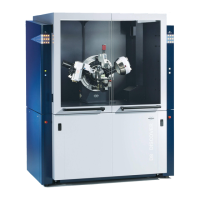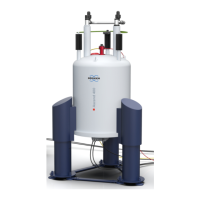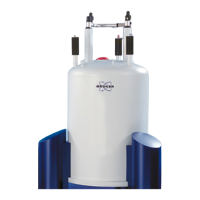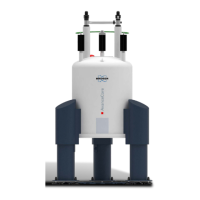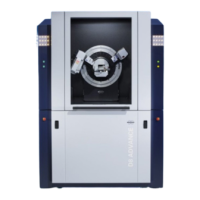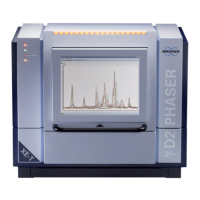Safety
H157654_9_011 19 / 120
2.8 Emergency Planning
Due to the strong magnetic fields and presence of cryogens when using NMR systems, it is
important to define and communicate what to do in case of problems or an emergency. An
Emergency Plan can be defined as a documented set of instructions on what to do if some-
thing goes wrong. Emergency Plans are often defined as part of the Standard Operating Pro-
cedures (SOP), or as a stand-alone document. In any case every NMR laboratory should
have an Emergency Plan in effect.
As every organization has its own policies and procedures, as well as varying laboratory lay-
outs, an Emergency Plan should be individually defined by the customer for their laboratory
as appropriate. The Emergency Plan is the responsibility of the customer and of the building
and facility management.
2.8.1 Fire Department Notification
It is recommended that the magnet operator introduce the fire department and/or local au-
thorities to the magnet site. It is important that these organizations be informed of the poten-
tial risks of the magnet system, e.g. that much of the magnetic rescue equipment (oxygen-
cylinders, fire extinguishers, axe's etc.) can be hazardous close to the magnet system. In ad-
dition, their expertise and experience can be invaluable in creating an Emergency plan.
• In a NMR laboratory use only non-magnetic fire extinguishers.
• Breathing equipment which uses oxygen tanks made out of magnetic material can be life
threatening when used close to a magnet system which is energized.
• During a quench helium gas escaping from the system must not be mistaken for smoke.
Instruct the fire department and technical service not to “extinguish” the magnet system
with water. The outlet valves could freeze and prevent the quench valves from closing.
• Laboratory windows which are accessible during an emergency must be clearly marked
with warning signs, visible from the outside.
